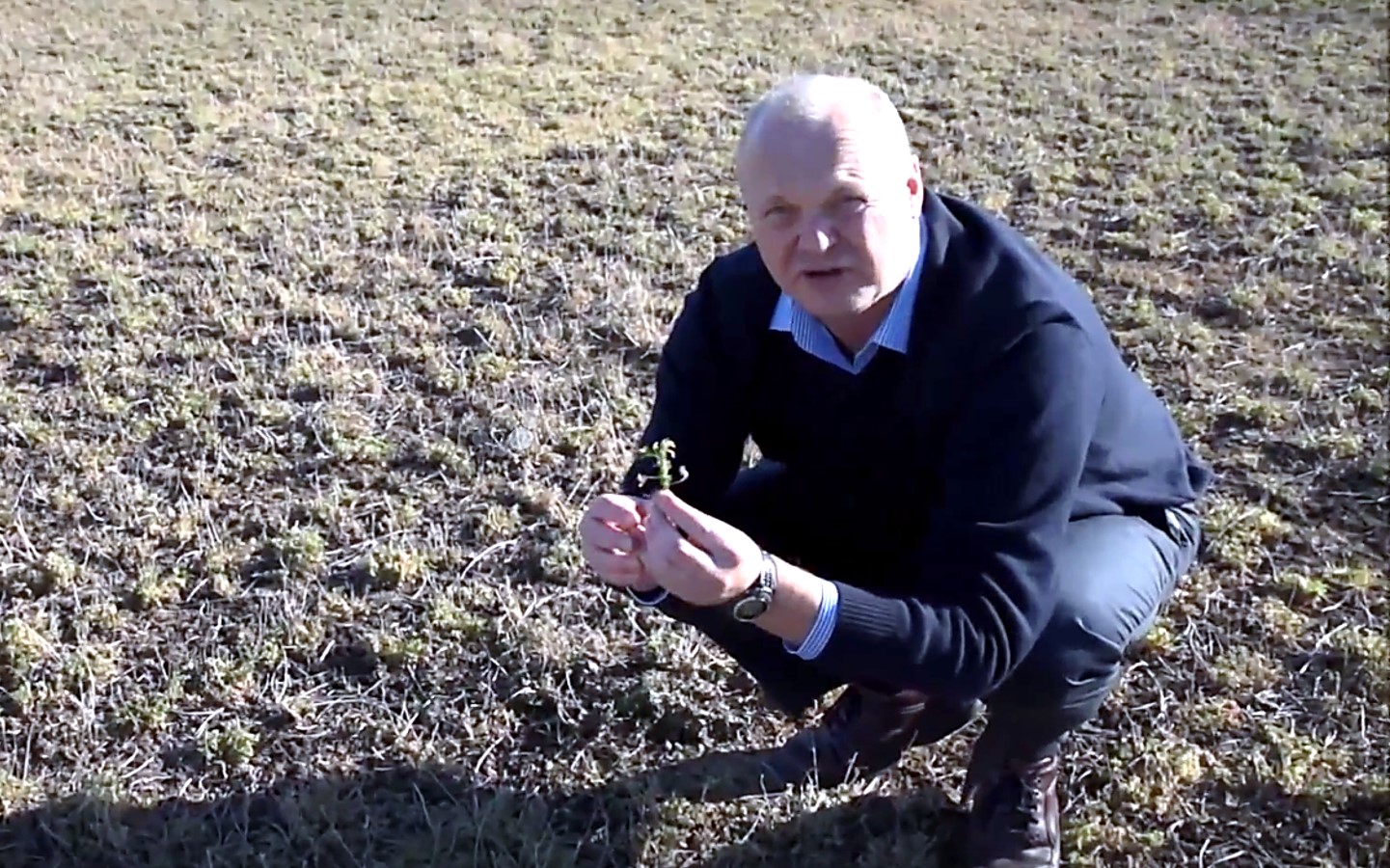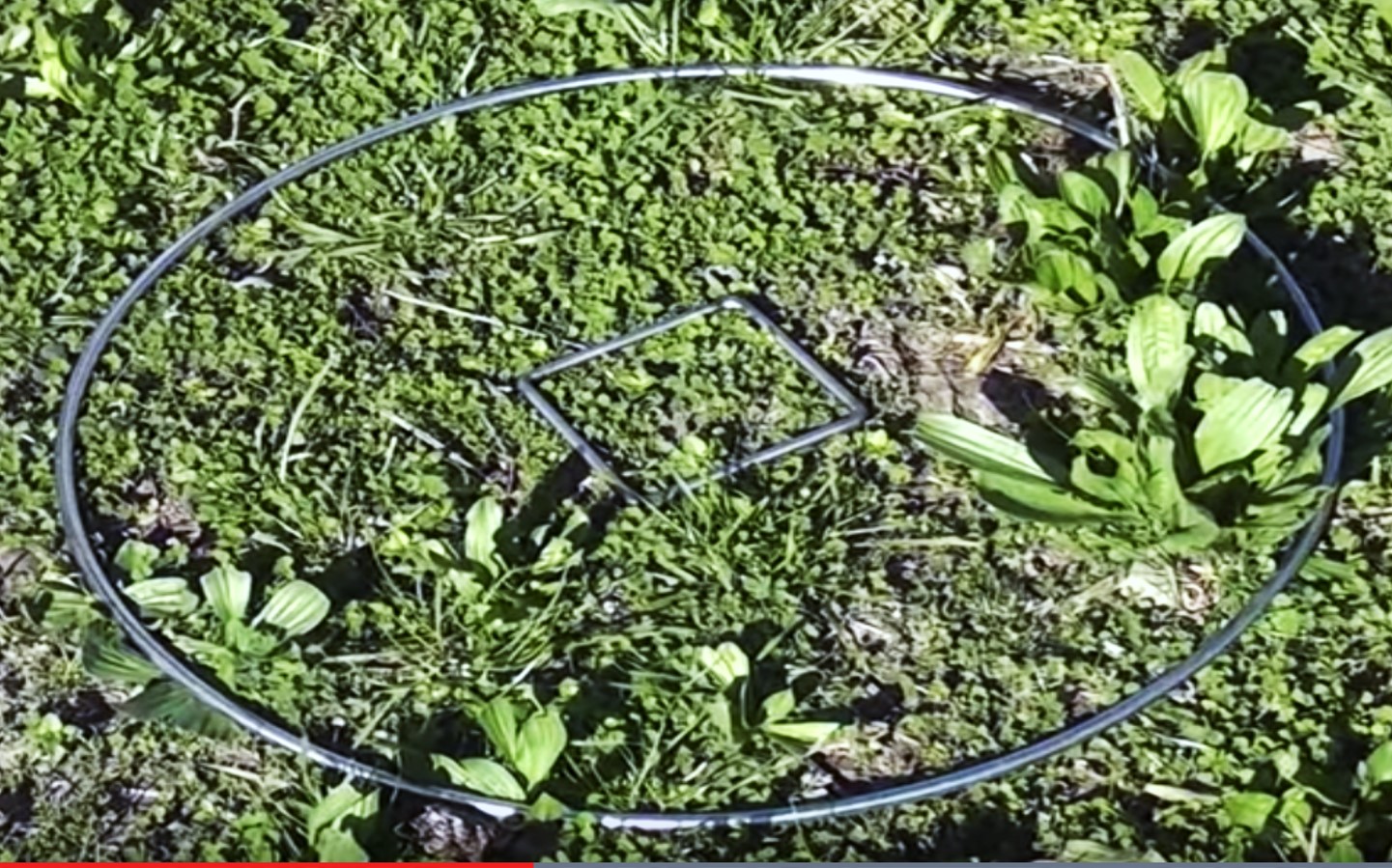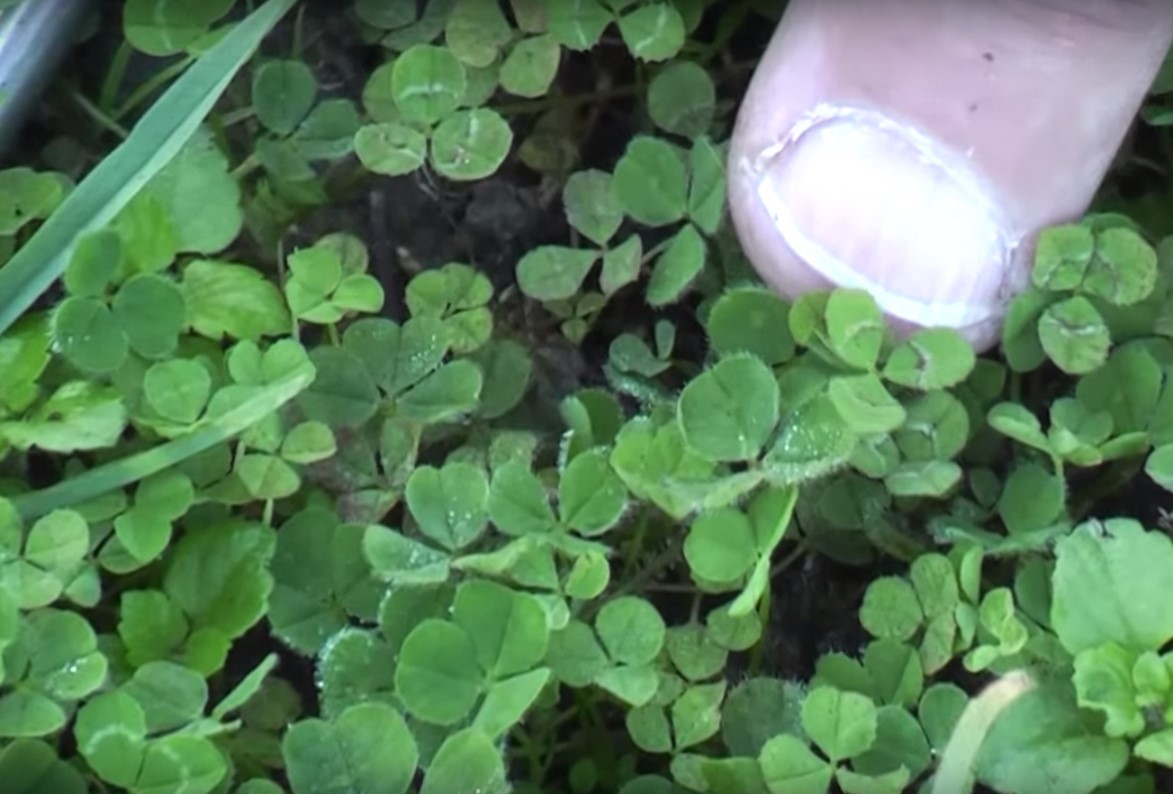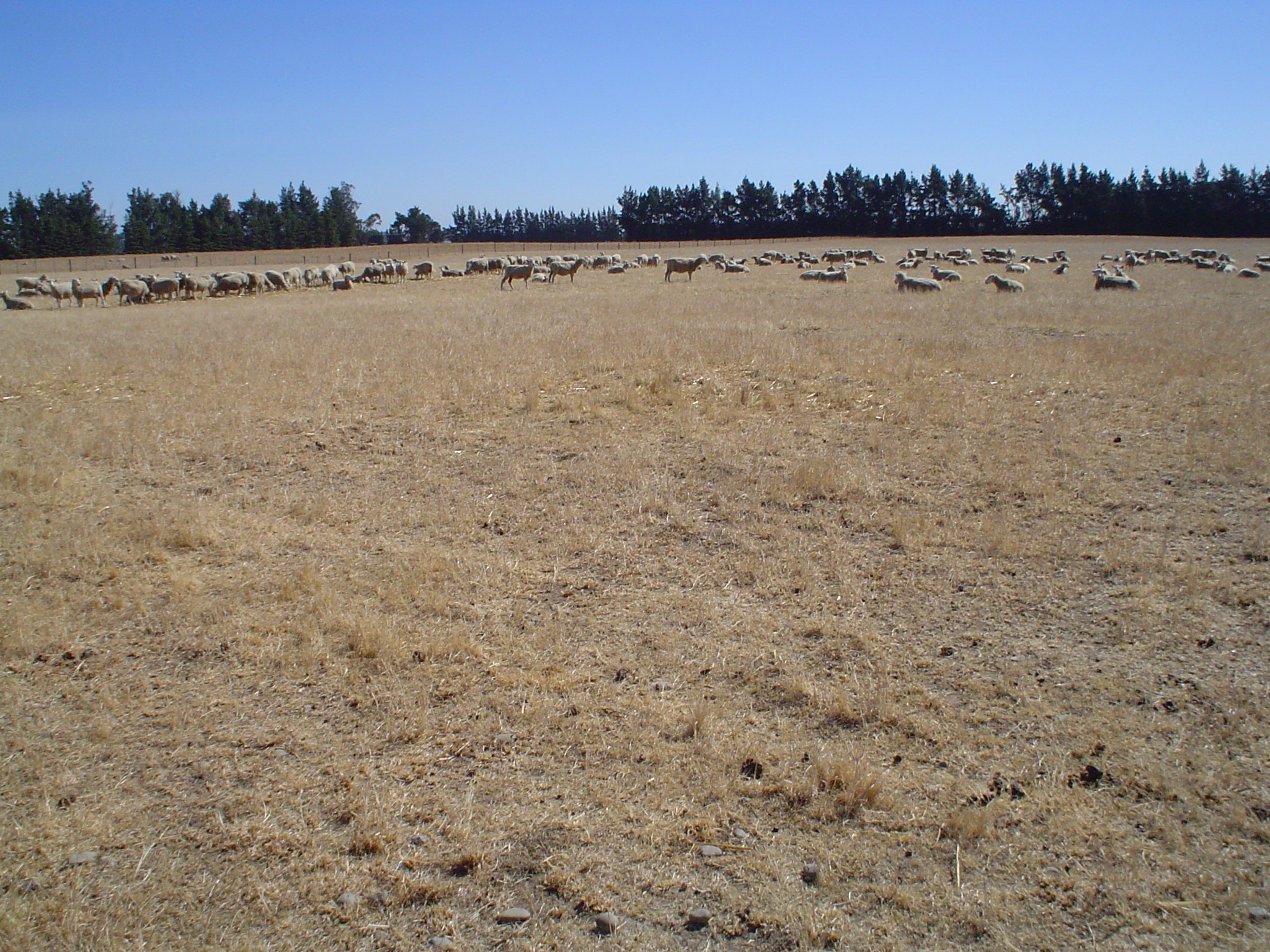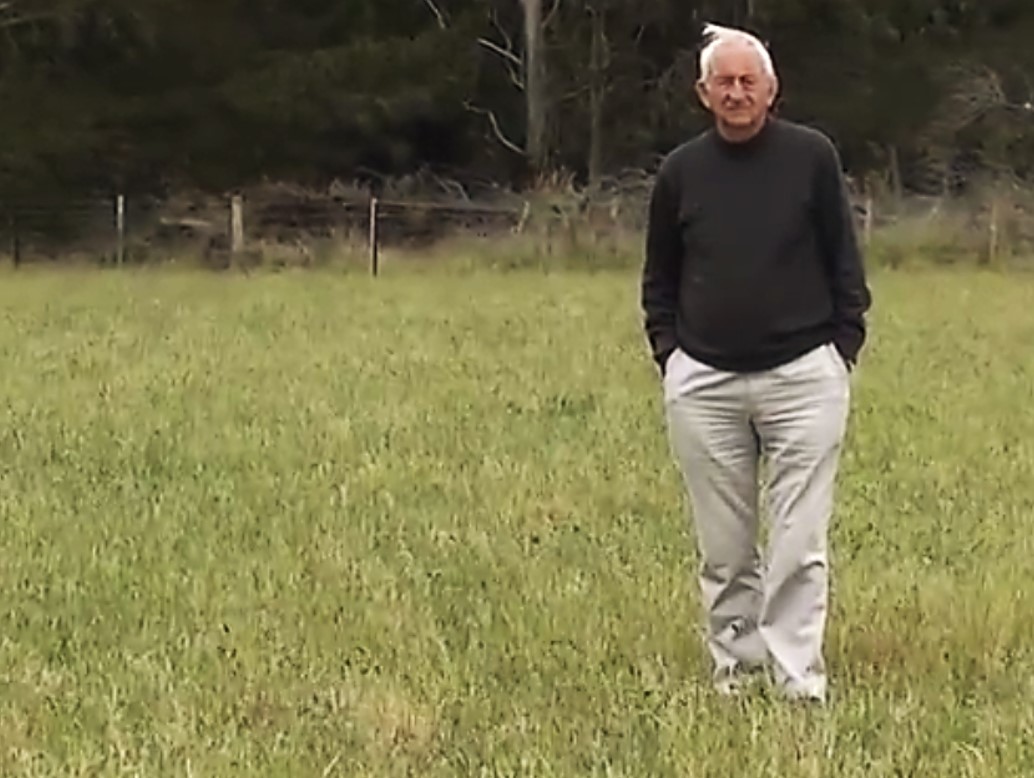Winter grazing management for lucerne stands
In this video Prof Derrick Moot outlines best practice grazing management of lucerne stands in winter. Herbicide applications, plant growth and development are discussed. The implications of these winter management decisions on early spring feed supply for high priority livestock are outlined (approx. 4½ mins).
